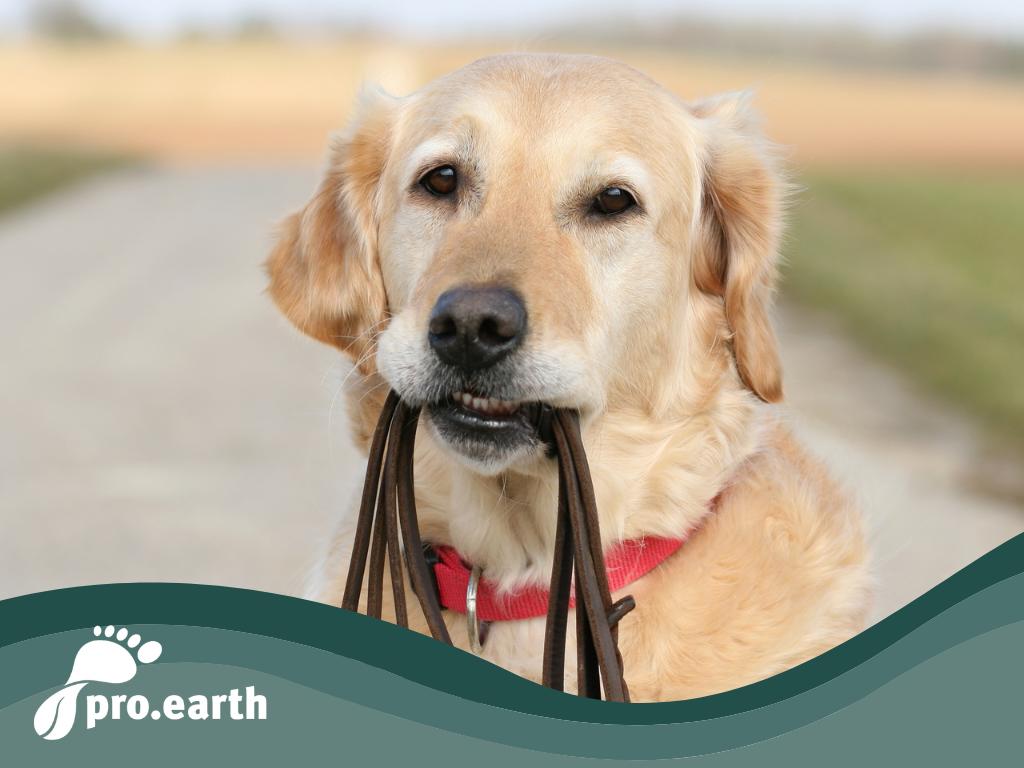Playing in a cornfield can be fatal for dogs

Apart from that, we ask ourselves, what is a dog doing in a cornfield? Of course, we don't let our dogs run around in a field, but that really is a question of faith.
Nevertheless, we would like to enlighten you, because all animal welfare organizations warn of the underestimated danger.
What exactly is so dangerous about grain?
These are the so-called awns - stiff, sharp bristles that grow on grasses such as cereals (including rye, wheat and barley) and various meadow plants.
Their many small, backward-facing bristly barbs attach themselves to the dog's coat and only allow movement in one direction - inwards, towards the animal's body.
Once they have anchored themselves in the coat, the awns work their way deeper into the coat with every movement the dog makes. With their sharp tips, the awns can pierce the animal's skin and get stuck there.
This can lead to infections, inflammation and abscesses. This can be very unpleasant.
Even worse, however, is when these foreign bodies enter the dog's body through openings such as the nose, mouth and ears and cause internal injuries.
They can migrate into the gastrointestinal tract or the respiratory tract, for example, where they can cause life-threatening damage.
Even the internal organs are not safe from the harmless-looking awns.
It can happen that they enter through the nose, travel along the windpipe and actually lead to a collapsed lung. In the most extreme cases, this can be fatal.
What to do if you find a burr in your dog's coat?
If a burr is caught in the dog's fur, it must be removed as quickly as possible.
If it has partially penetrated the skin, it may be possible to remove it with the tweezers themselves.
However, if the burr has already penetrated deeper into the skin, the dog must be taken to the vet!
This is because not only the proper removal, but also the necessary medication (e.g. anti-inflammatory agents, painkillers) can be life-saving. If the vet has reason to believe that a burr is already in the body, further veterinary measures are required.
How can this be avoided?
In fact, the research offered countless methods (keeping the coat short, brushing out the undercoat regularly, etc.) to protect the dog from awns - which left us a little, let's call it, IRRITATED.
The simplest solution for us is to keep the dog on a lead, as recommended by all gamekeepers, hunters and foresters and all other authorities, not least our inherent common sense - this is probably the easiest way to avoid this danger. 💚






